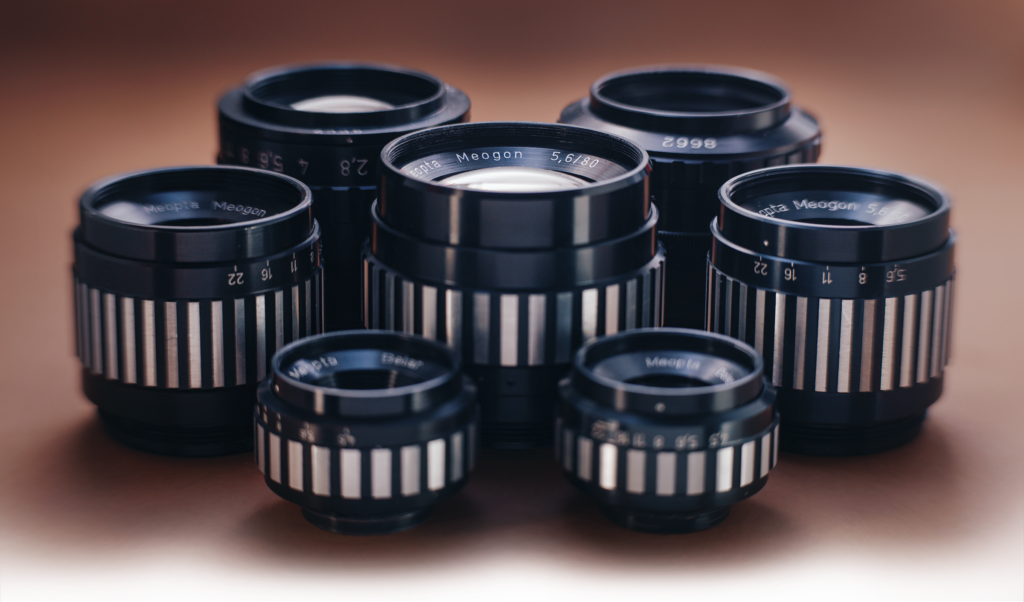
Přerov, in the former Czech Republic, has been the production base of Meopta since 1933, when it was founded by Alois Mazurek, an enterprising professor at a local industrial school. Prior to nationalisation and re-branding in 1946 the company was known as Optikotechna Přerov. It is testimony to their build quality that a surprising number of pre-war Optikotechna lenses have survived in useable condition. In fact, the Meopta catalogue is full of surprises.
Whereas many manufacturers branched into enlarging lenses as a by-product of their taking lenses, for Meopta enlarger lenses were front and centre from the get-go: proudly announcing at the company’s launch the 1933 three-element Belar as the first Czech-made optic of its kind. Pre-war Optikotechna Přerov lenses also included a range of four-element Benar, the Definar 55/4.5 (1936) and Vidor 50/4.5 (1934).
The Nazi regime’s ‘hostile takeover’ of 1939 instantly diverted Optikotechna’s production into military optics under the implausibly assumed name of Hermann Göring Optical Works – a situation redressed by the 1946 rebrand to ‘Meopta’. The scope of the revitalised company’s ambitions wasn’t limited to triplets and rifles: in the early 1960s the company launched a series of complex Heliar five-element designs branded Meopar, equivalent to (and more expensive than) the better-known Schneider Componons of their day.
Subsequently – perhaps intending to replace the Belars – Meopta launched a new standard optic in 1975 for third generation Axomat and Opemus projectors: four-element ‘Anaret‘ models with straight-six diaphragms: better corrected, and available in a wider variety of focal lengths – as well as ‘S’ specification: featuring a push/pull de-click clutch and illuminated apertures. Although a token Belar (the 50/4.5) remained in in production until at least 2005, the Belar range immediately bowed out before the diverse and excellent Anarets.
They were so good that Schneider took the Czech-made cells and marketed a version under their own name – Componar-S – a rare occurrence reversing the trend of Schneider allowing their optics to be commercially co-opted, and a testament to the quality and reliability of Meopta’s output. Whatever the level of joint involvement, Schneider evidently felt they couldn’t improve on what the Anaret offered at that price, and rehoused and rebranded products rolling off the Czech production line.
The Anarets put pressure on the flagship status of the Meopars, and for two years or so, it wasn’t clear-cut that the venerable five-element lens was a meaningful upgrade. However, with the release of the Opemus 5 enlarger in 1977, Meopar morphed into the first of the elite Meogons – brand-tweaked to be more reminiscent of the finest German glass. A trio of symmetrical six-element lenses emerged in 50mm, 60mm and 80mm focal lengths. The ‘long stripe zebra’ body designs were all f5.6, and they reset the bar for high-end enlarger optics.
The next optical revolution occurred in the mid-1980s, when Meopta’s (and everyone else’s) designers gained access to IT power. Ironically, the trio of Meogons launched in 1984/5 had more in common with the Meopars’ asymmetrical 5 / 3 formula – but recomputed for speed: the 50mm and 80mm were rated f2.8. They were joined by an updated six-element version of the Meogon 80/5.6 – now in S spec, and one stop faster. Likely Meopta expected the S 50/2.8, S 80/4 and range-topping 80/2.8 to obsolete the slothful geriatrics, but the f5.6 Meogons hung around for [some] years in the catalogue, selling alongside, and directly competing with, the high-tech newcomers.
Dating Lenses by an Enlarger Model Timeline
Like Agfa, Meopta’s serial numbers perversely avoid strict chronology. Likewise, Meopta’s item catalogue numbers shift around somewhat, depending on the age of the brochure. In the absence of an official chronology, we have therefore compiled the first reliable timeline of Meopta enlargers, which are well documented by brochures and manuals. Supplementing this source, there are original press releases pinpointing launch dates of specific models or ranges. During the mid-1980s Meopta begain to issue signed and date-stamped guarantee documents. This one, for instance, helpfully pinpoints an Anaret 80/4.5 with serial number 11155 leaving the factory on August 26, 1989. From these we can broadly date a Meopta lens by appearance and/or specification as follows:
| Date | Enlarger Model in Production | Accompanying Lenses |
| 1933-1946 | Optikotechna Přerov models | Belar (1933) Benar (1936) Definar (1936) Vidor (1934) |
| Opemus | ||
| 1936-1946 | Optikotechnika Opemus | |
| 1946-1967 | Opemus 4×4 | Belar 55/4.5 |
| 1957-1969 | Opemus II | Silver/black-nose models: Belar 75/4.5, 100/4.5 Meopar (sighted 1961-67) |
| 1960-1969 | Opemus IIa | |
| 1969-1975 | Opemus 3 | Single-stripe zebra models: Belar 50/55/75mm f4.5, Mirar 35/3.5 Meopar 50/4.5 |
| 1975-c.1980 | Opemus 4 | Single-stripe zebra Anaret XXmm Silver/black-nose Belar and Meopar |
| 1977-1982 | Opemus 5 | Single-stripe zebra Anaret, Belar Single-strip zebra Meogon f5.6 |
| 1982-1984 | Opemus 5a | Single-stripe zebra Anaret, Belar Single-strip zebra Meogon f5.6 |
| 1984-1994 | Opemus 6/6a | Anaret range changes to dual-strip zebra. From c.1980 changes to all-black |
| 1993-2005+? | Opemus 7 | All-black Anaret range (some 4-digit serial) Five-digit serial Meogon f2.8 |
| 1995-2000 | Opemus Student | All-black Anaret range (some 4-digit serial) Five-digit serial Meogon f2.8 |
| Axomat | ||
| 1938-1953 | Optikotechna Axomat | |
| 1953-1963 | Meopta Axomat | |
| 1960-1969 | Axomat 1a | Silver/black-nose Belar Silver/black-nose Meopar |
| 1970-1975 | Axomat 2 | |
| 1975-1978 | Axomat 3 | |
| 1978-1985 | Axomat 4 | Single-stripe zebra Anaret 30/50 f4.5 Single-stripe zebra Meogon 50/60 f5.6 |
| 1985-c1994 | Axomat 5 | Dual-stripe zebra Anaret S 50 All-black (big knurl) Meogon-S 50 Single-stripe zebra Anaret Single-stripe zebra Belar |
| Magnifax | ||
| 1954-1967 | Magnifax 1/1a | |
| 1960-1983 | Magnifax 2 | Silver/black-nose Belar |
| 1983-1987 | Magnifax 3a | |
| 1987-c1994 | Magnifax 4 | Anaret S 50 (all black) Meogon 50 (big-knurl all black), Meogon 80 (big knurl) Anaret-S (dual zebra) |
| Other models | ||
| 1961-1967 | Proximus | Meopar 50 |
| c.1963 | Magnitarus 10×15 |
Visual Identification of Variants
The neatly rationalised combination of the three-element ‘Belar for beginners’, the four-element ‘Anaret for anyone’ (the similarity to Am-ha’aretz is noted), and the five- and six-element ‘Meogon for masters’ settled into a commercially successful, and not radically altered, product offering for the best part of three decades. By the 1990s, multicoating had discreetly been added, but as far as we know Meopta left the optical formulas untouched – testimony to the excellence of the company’s work in the late-1970s. Even common Anarets from this period are thoroughly useable today as enlarger or capture lenses.
| MODEL | DISTINGUISHING FEATURES | PRODUCTION | |
| PIC | Belar [V1] | Silver body / black nose. Continuously-knurled aperture ring and circular aperture. | 1953-c.1960 |
| Belar [V2] | Silver body / black nose. Intermittently-knurled aperture ring and six-blade diaphragm. | c.1960-1969 | |
| Belar [V3] | Single-stripe zebra. Square (four-blade) diaphragm. | 1969-1975 | |
| Belar [V4] | Dual-ring short-stripe zebra. 50mm f4.5 only. | 1975-1984 | |
| Belar [V5] | All black. 50mm f4.5 only | 1984-2005 | |
| Anaret [V1] | Single-ring long-stripe zebras. Straight aperture blades. Early versions marked ‘Made in Czechoslovakia’. | 1960-1975 | |
| Anaret [V2] | Dual-ring short-stripe zebras. Curved aperture blades. Later transitional models unstriped. | 1975-1984 | |
| Anaret [V3] | Dual-ring with fine knurling; all black; four- and five-digital serials on fascia. Straight aperture blades. | 1984-c.1995 | |
| Anaret [V4] | As V3 but serials on the rear: usually marked MC; logotype not extended. Straight aperture blades. | c.1995-2005 | |
| Meogon f5.6 | Single-strip zebra. Straight six-blade aperture. | 1977-c.1988 | |
| Meogon S f2.8/4.0 | All black. Curved five-blade aperture | 1984-2005 |


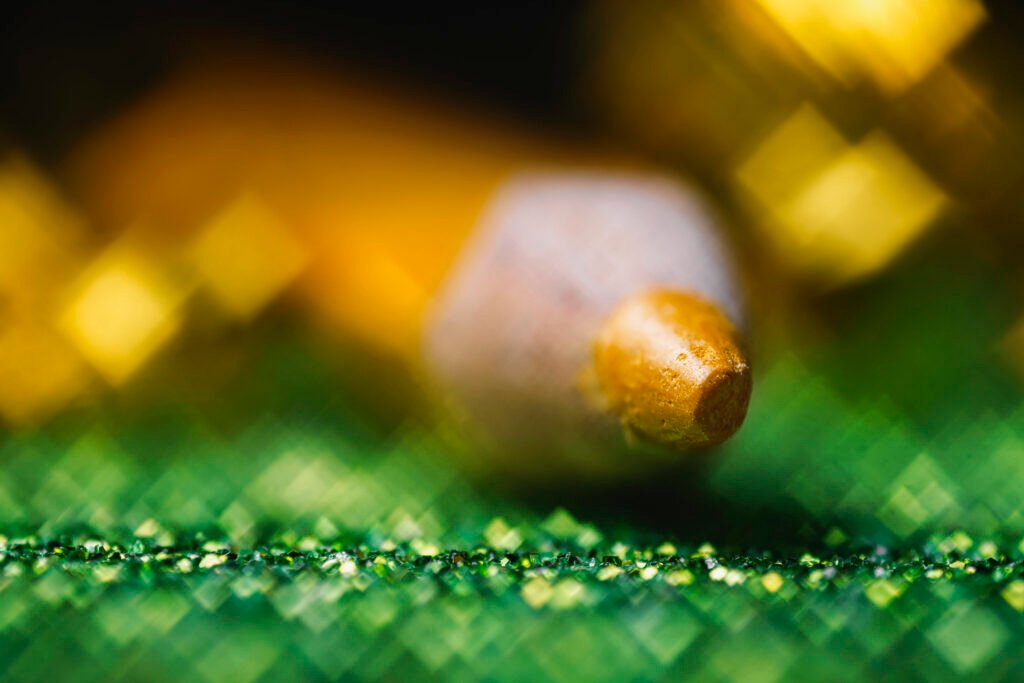

Images by simple.joy
The Meogon Dynasty
Summarising Meogon Performance
Years later, it’s interesting to compare these elite lenses as capture optics for demanding sensors. It becomes evident that the faster, recomputed Meogons are more sensitive to working distance, and more finely optimised for specific apertures. For instance, from f5.6-8 – specifically referring to distances of 30-80cm – the Meogon 50/2.8 S is a crucial notch sharper, and fractionally better corrected, than the 50/5.6 and 60/5.6. Our testing agreed at least with the Chasseur d’Images verdict of 1997 that the 60/5.6 is excellent centre-frame (scoring 5 / 4 for centre / corner sharpness), and the 50/5.6 has superb corners (scoring 4 / 5). But shooting with 3.3-5 micron pixel pitch cameras, it’s clear that the later Meogon 50/2.8 is superior to both.
However, at 1:1, and from 3m-infinity, the fast 50mm and 80mm Heliars suffer from a more pronounced drop in performance than either the old f5.6, or the newer f4, six-element lenses. Deployed as a macro or a general-purpose lens, the f5.6 Meogons (particularly the 50mm and 80mm) therefore – sometimes – perform better than the new models, despite being somewhat inferior to the f2.8 Meogons as enlarger lenses and unable to match their performance within their narrow envelope of optimisation.
Within the context of assessing their suitability as taking lenses for 35mm sensors, all the Meogons are given Gold awards, apart from the 60/5.6 – which narrowly fails to reach the required standard in Zone C despite excellent Zone A resolution. There are some caveats: the Meogon 80/2.8 scores some of the highest results seen for near-field resolution at f5.6, Zones A-C. However, outside its sweet spot of 30-80cm it cannot be considered Gold standard. Also, its f2.8 resolution at any distance is poor (falling below 8.5 / 7.5), and there’s a sharp drop-off in performance in Zone D (35mm shifted, or when used on medium format) at apertures below f11. The Meogon 50/2.8 also fails to reach Gold standard at longer working distances than 2m or 1:1 macro – recording results consistent with ‘high Silver’. It’s also debatable whether the centre-frame resolution of the 50/5.6 deserves Gold: falling a crucial notch behind worthier 50mm options like the Fujinon EX, EL-Nikkor, Minolta CE and six-element Schneider Componon-S variants. And the Meogon 80/4 doesn’t quite ‘wake up’ until f8 at distance. Altogether, Meogons must be considered elite-level optics in this category – despite requiring a deeper than average understanding of their idiosyncrasies to get elite-level results from them.
Meogon Sample Shots
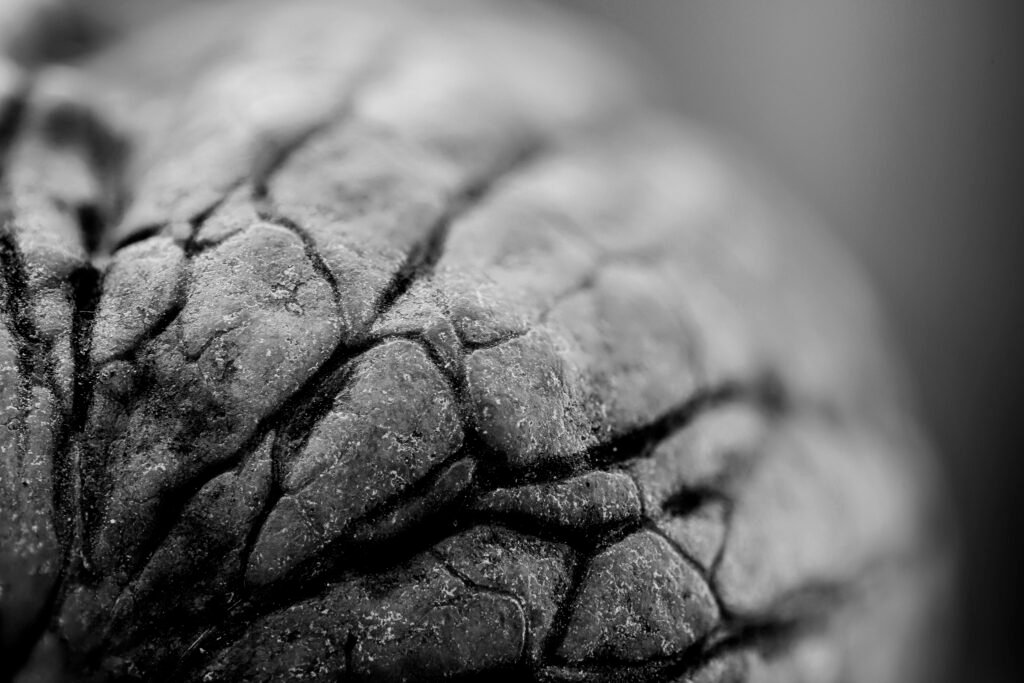

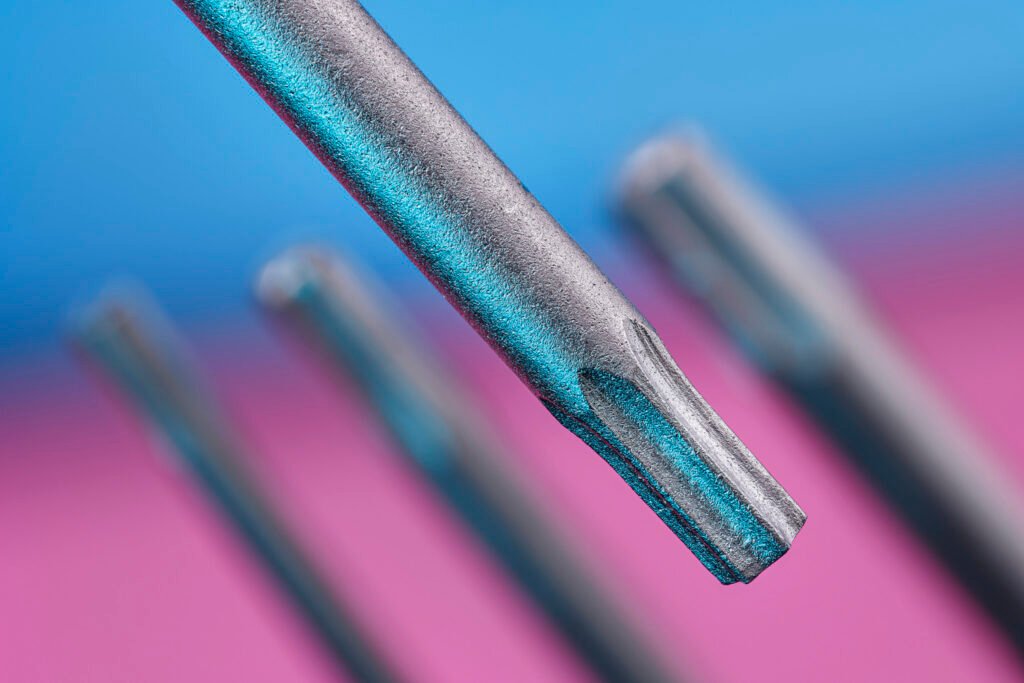
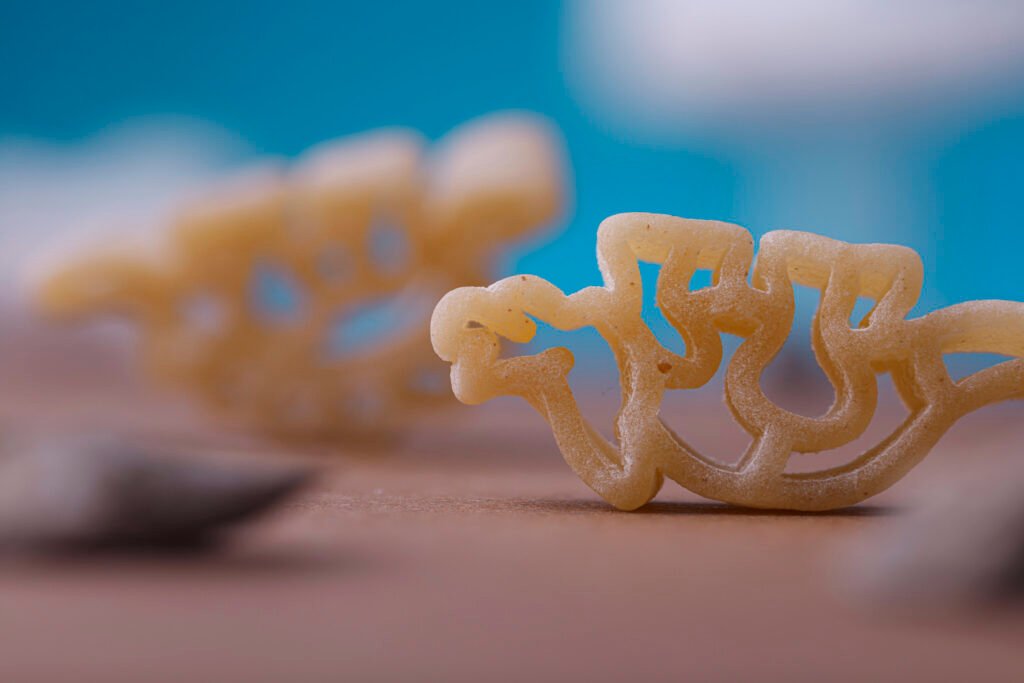


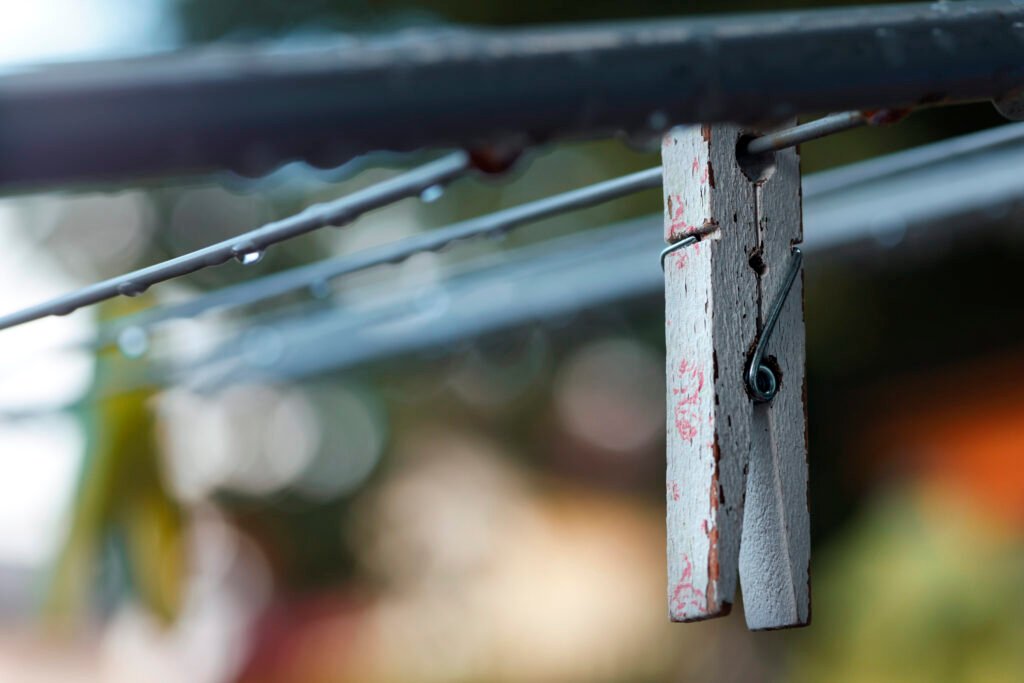



Samples by simple.joy